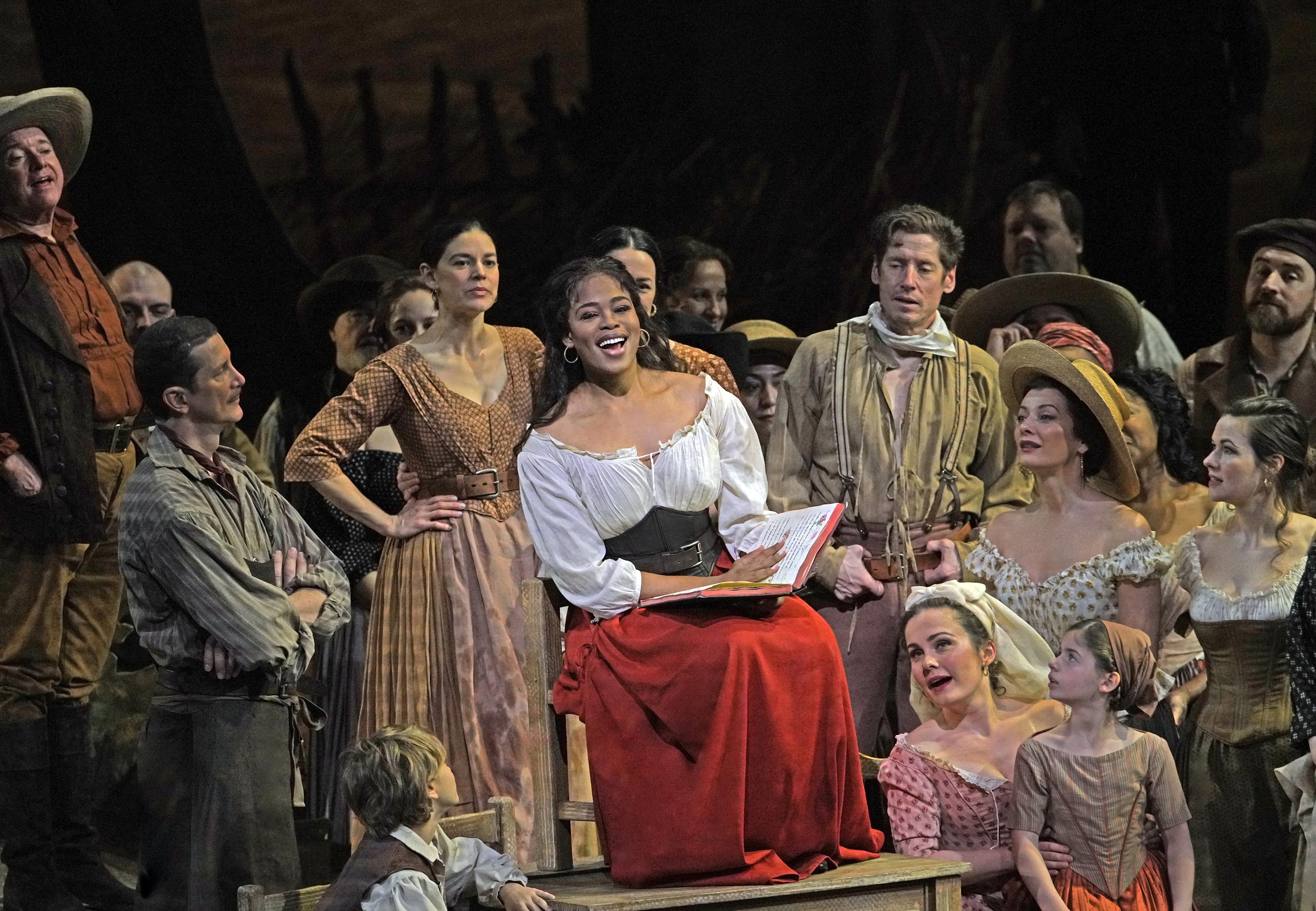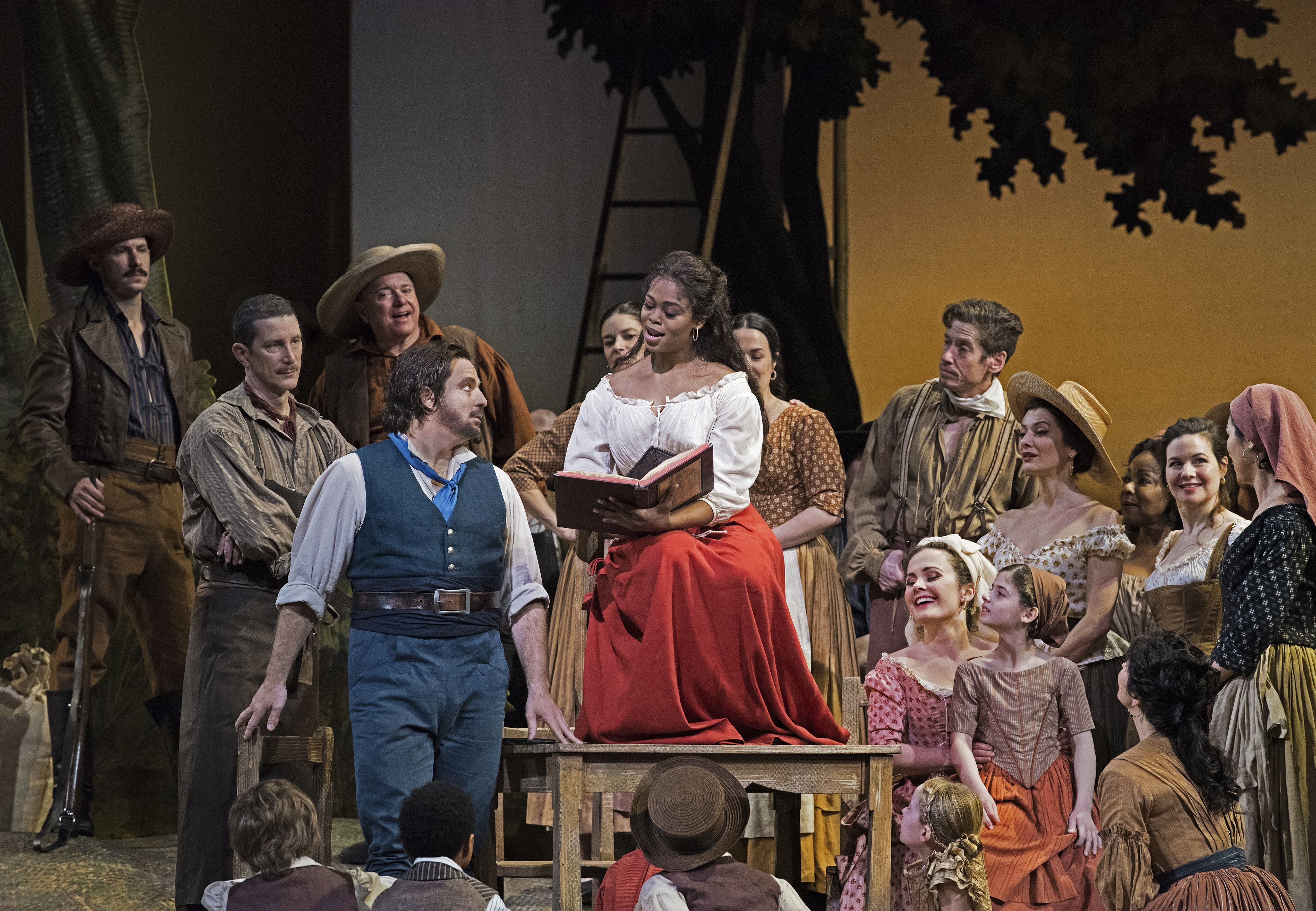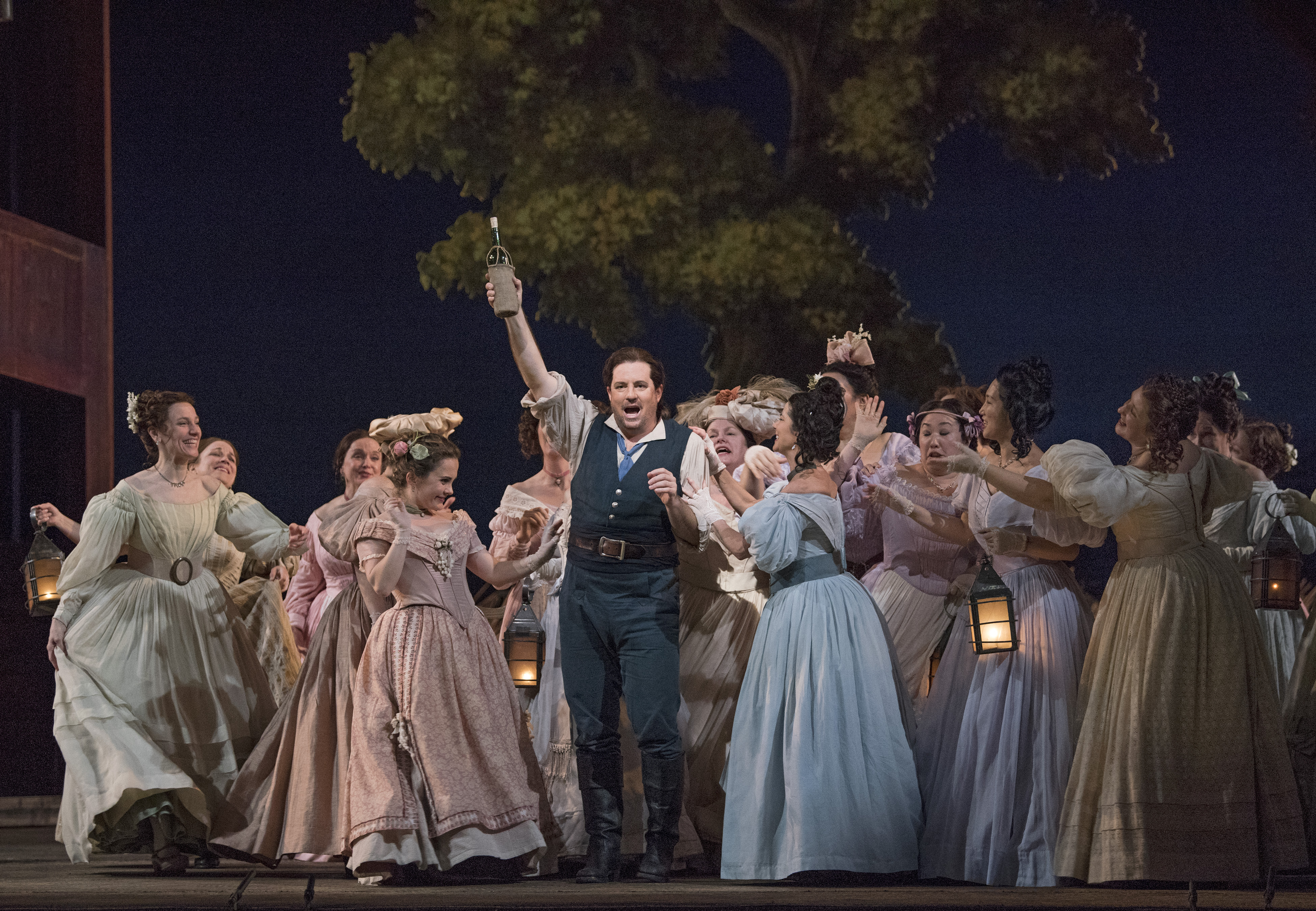The world of fashion is one I have a contentious relationship with. When I was a child I wanted to be a fashion designer. I understood the world visually, via style, first, and I would constantly be feeling fabrics and drawing little stick figures with dresses, flourishes of lace, satin, sequins, and ribbons in place. I dressed up Barbies, even cutting and dying their blonde tresses to match a look I was going for with each of them. When the then-newly-minted Fashion Television came on, I watched with saucer-eyes as girl after girl pranced down bright runways in all manner of thing beautiful: big hats, heely boots, swooshing wraps, tight skirts. It struck me as glamorous, theatrical, and exciting.
As I grew older, my fascination with fashion changed, transforming and integrating itself with my other pursuits, and into a passion for visual art, performance, and music. Fashion felt insubstantial, and in some cases, even cruel. My relationships with those in the non-profit world, coupled with my own research, gave me shudders when I learned the process of harvesting, manufacture and production involves a fair bit of exploitation. A recent clip of a current BBC World series hit me, as an Indian woman, formerly a garment factory worker, expresses the same ideas. It’s troubling, and it makes that “faaabulous dahlings” look at little less… um, fabulous. Never mind the narrow, old-fashioned ideas of what constitutes beauty (specifically female beauty) or presentation; the idea that a tall, thin, hipless, white girl of 18 looks better on a long (read: boring) runway, and is part-and-parcel of the “fantasy” fashion sells is… utter nonsense. My fantasy involves full hips, big lips, crooked noses, and lack of poses, standing, talking, sharing, connecting. Take that, Karl Lagerfeld.
 So I was really impressed, happy, and intrigued when I attended the show for Canadian designer Jessica Jensen last fall. It was set in an art studio, and it featured all size, shape, and race of woman touching and feeling the garments, placed on faceless mannequins throughout the space. It was Warholian, experimental, daring, and very unusual. Jensen has since gone on to have a trunk show in Toronto, and is getting all kind of kudos for her elegant, comfortable designs and creative, curious approach. Also? She’s ethical, which only makes her more fashionable, if you ask me. And her connection to art, as you’ll read, is undeniable. Maybe, just maybe, my faith in fashion is being slowly restored.
So I was really impressed, happy, and intrigued when I attended the show for Canadian designer Jessica Jensen last fall. It was set in an art studio, and it featured all size, shape, and race of woman touching and feeling the garments, placed on faceless mannequins throughout the space. It was Warholian, experimental, daring, and very unusual. Jensen has since gone on to have a trunk show in Toronto, and is getting all kind of kudos for her elegant, comfortable designs and creative, curious approach. Also? She’s ethical, which only makes her more fashionable, if you ask me. And her connection to art, as you’ll read, is undeniable. Maybe, just maybe, my faith in fashion is being slowly restored.
What was the first piece of fashion you saw that made you want to go into the fashion world?
I can’t pin it down to a piece of fashion that I saw. I just remember opening a large trunk full of fabrics in my mother’s art studio and immediately asking her to teach me to sew. I wasn’t quite patient enough for her to share her expertise… so I hopped on the machine and just played and created with no real understanding of the technical details behind the process. I knew at a very young age that I would go into fashion… by Grade 7 I had my heart set on attending
Ryerson. Although I toyed with the idea of architecture as a career, I only ever applied for
the fashion program at Ryerson. My parents weren’t surprised by my confidence when not applying for other programs as a back-up plan. I was sure of myself and a little naive regarding the competition.
Do you have a favorite visual artist who influences your work?
In all honesty, my favorite visual artist is my husband. He sees the world very much as I do and translates his romantic and nostalgic sensibility into his work. I’m also regularly influenced by other artists, from openings, readings and films that I have recently viewed. Every artist has a unique perspective on life and there is always something from each that I can draw on for inspiration.

Your autumn show, at the Thrush Holmes studio, was really memorable for its mix of art, fashion, and conceptual design; how did this event come about? How much has his work been an influence on you?
Thrush has always been a strong influence in my life. We grew up in the same town, took art class together in high school and moved to Toronto within a year of each other. He remains a close friend of mine and Joshua’s. I would say that the three of us are constantly competing, motivating and inspiring one another. Thrush’s Gallery is very comforting to me and no other venue seemed to hold the same impact as his. The structure itself parallels his character of modest grandeur. Joshua’s landscapes also, despite their size, speak softly and the venue allowed them to breathe along with my collection. I wanted the show to hang like an exhibit, allowing the product to speak for itself and enabling the audience a chance to view it the way they would a work of art, appreciating the detailed hand-work that goes into each piece.
Furthermore, I wanted our guests to use the installation as a way to better understand the story behind the product: the visual inspiration, the design illustrations, the campaign images, the campaign video, and lastly the product itself. I never thought about how it would be perceived. I spend more evenings at art openings than I do fashion shows and I am of the strong opinion that designers are also artists. Fashion is simply a different medium and it is a shame that the audience is only given 60 seconds as it comes down a runway to see it and appreciate it. So much is lost in the distance between the viewer and the model.
When we spoke last Fall, you emphasized how it was important to you to meet the people who make your designs. How much do you see the fashion world changing to a more conscious kind of ethos when it comes to sourcing and production?
I’d like to say its making drastic improvements, but that would be a falsity. The majority of product sold in North America is manufactured to be competitive in price – a strong consumer demand. There is of course a trend to make
socially responsible decisions wherever possible. Even
Walmart is making these changes in their own way. I am in a position where my product is not solely driven by cost, and therefore I have the luxury of carefully choosing who I work with. Every worker that I employ in Toronto, New York, Italy and China is skilled in their work, and each takes pride in what they do. I try and meet everyone that works on my product; this way they know how much I care for it and they try to emulate the same respect and pride.
 You’re known primarily for handbags and leathers, but you’re also into clothing now too -how difficult was it to expand? Or was expansion always in the cards for you?
You’re known primarily for handbags and leathers, but you’re also into clothing now too -how difficult was it to expand? Or was expansion always in the cards for you?
It has always been in the cards. I’m still testing the market, slowly, with ready-to-wear, and I won’t launch a full apparel collection for quite sometime. My core business is leather goods and it is important to me to build my customer base before I expand into other product categories. With that said, I also plan on expanding into footwear, jewelry, eyewear, fragrance, home goods, etc in years to come. My vision for Jessica Jensen is a lifestyle brand providing modern day women with effortless style for their everyday lives.
What is your definition of “style” in the 21st century?
21st Century style, to me, is a strong sense of self and the appreciation for times past fused with a new perspective.
More info on Jessica Jensen here.
Special thanks to Tatiana for arranging, Kimberly for photos, and Jessica, for … being fabulous.




